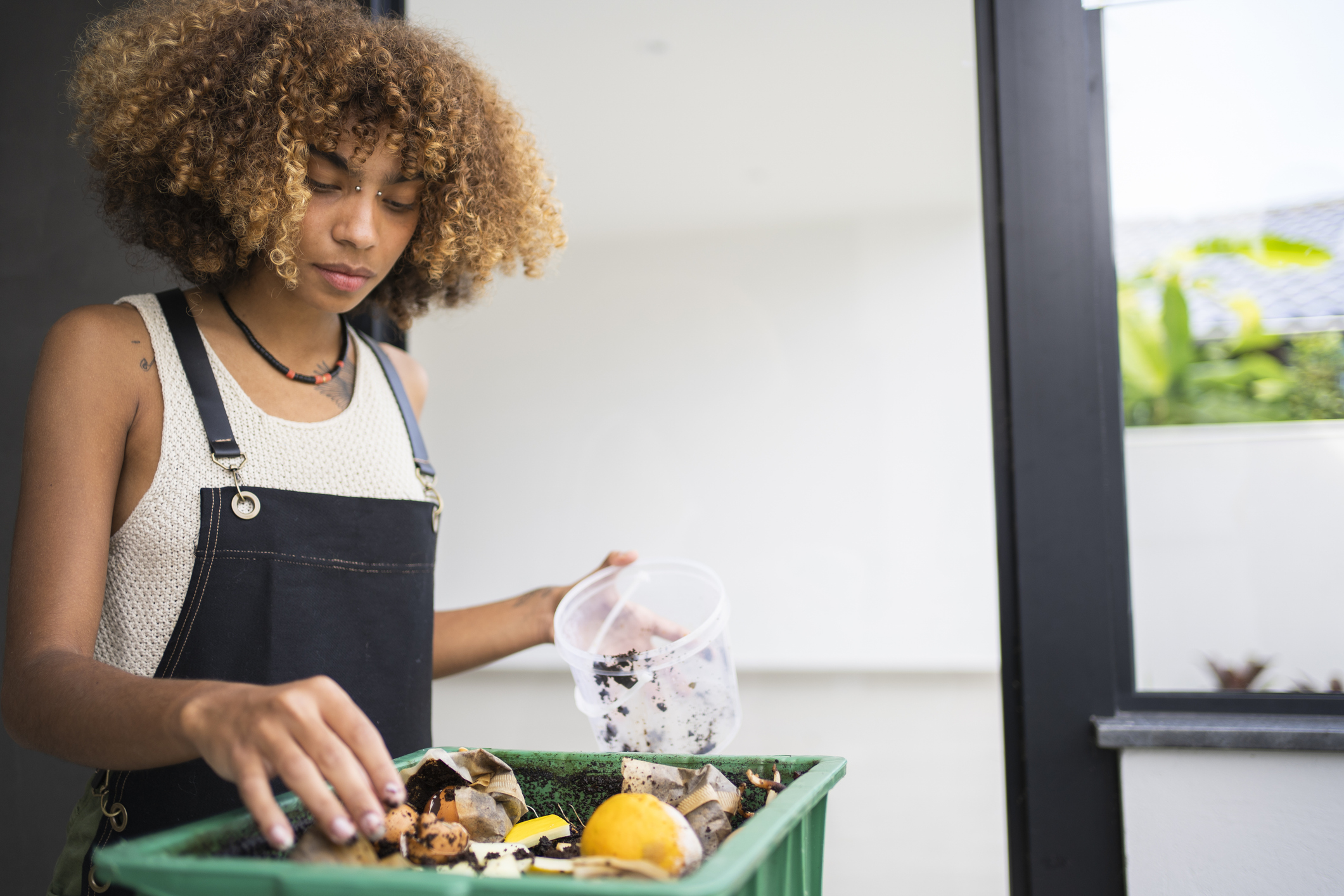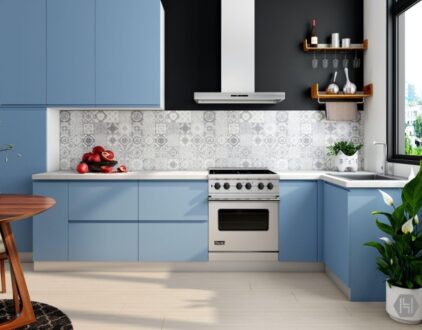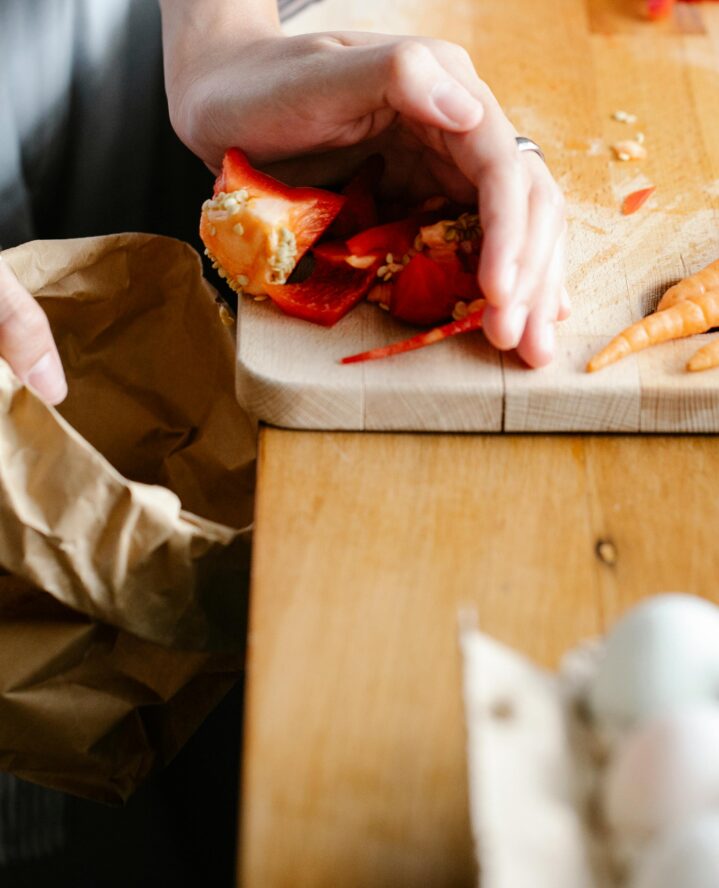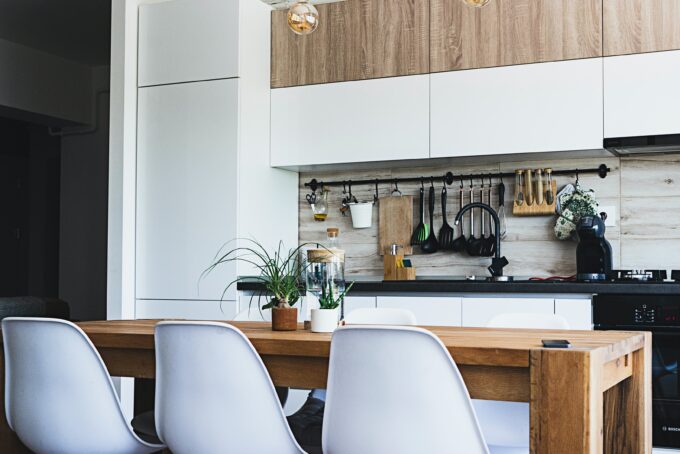Embracing a newfound awareness of our impact on the world, people everywhere are stepping up to shrink their environmental footprint. From embracing eco-friendly home goods to embracing plant-powered meals, the movement toward sustainability is gaining momentum.
But have you heard of precycling? It’s not just a buzzword—it’s a game-changer in the fight against food waste. Precycling is all about making smart choices upfront to stop waste before it starts. It’s a proactive stance that prioritizes prevention over reaction, nudging us toward more thoughtful consumption.
Ready to dive in and make a real difference? Discover six powerful strategies for mastering precycling and minimizing food waste, one mindful choice at a time.
Plan your meals mindfully.
Meal planning is a super effective way to practice precycling. And even better, it’s really easy to do, too.
Before you make your way to the grocery store, make a list of what ingredients you already have on hand, and plan your meals according to what you have. For help, you can use special apps like Yummly for recipe ideas based on the ingredients you have in your home.
To make the most of your precycling strategy, be sure to account for any highly perishable ingredients that need to be used quickly so that they don’t expire.
When you plan your meals ahead of time, you can avoid overbuying so that you not only cut down on costs but guarantee that everything you buy doesn’t go to waste.

Shop wisely.
When shopping at the market, it can be incredibly challenging to resist certain impulse buys, especially if you’re shopping on an empty stomach. But in order to prevent food waste, you have to shop smart.
So before you go to the store, make it a point to stick to your meal plan. This means buying only what you need for the week ahead. Additionally, opting for loose produce instead of pre-packaged fruits and veggies not only helps minimize the impact of harmful packaging waste but ensures you only buy what you’ll realistically eat for that week.
Store food properly.
Many people overlook this, but proper food storage is of utmost importance if you want to reduce your environmental footprint. Correctly storing your food helps extend the shelf life of your foods, thus keeping them from spoiling before their time.
To practice precycling via proper food storage, try investing in quality food storage containers, reusable bags, and airtight containers to keep fruits, vegetables, and leftovers fresher for longer.
In addition to this, you should always store your food items according to their unique requirements — i.e. keeping produce in the crisper drawer of the refrigerator or storing dry goods in a cool, dry pantry.
Embrace leftovers.
Not everyone likes leftovers, but when it comes to reducing food waste, they’re a pretty valuable resource. But even though eating the same thing over and over can be boring, you can repurpose your leftovers in creative ways to spice up your weekly meals.
For example, if you have leftover roasted vegetables, you can turn them into a healthy, hearty soup. Or leftover rice can easily turn into a flavorful stir-fry with added meat and veggies.
Pro Tip: When working with leftovers, be sure to label and date them in order to keep track of how long they’ve been stored. That way, you can prioritize using them first, before cooking up new meals.

Compost your food scraps.
No matter how much you try, sometimes, food waste just happens. But fortunately, instead of discarding your food scraps to end up in a landfill, you can compost them to create nutrient-rich soil for your garden.
To do this, simply set up a compost bin in your backyard. Or if you don’t have one, consider exploring local community composting options to use instead.
popular posts
- 1It’s Black Business Month, So Let’s Go Shopping and #BuyBlack!
- 2These Home Decor Items Will Instantly Make Your Space Look Outdated
- 3Black-Owned Home Decor Stores To Support Across the United States
- 4A Look Inside Elon Musk's Tiny $50,000 House
- 57 Black and Multicultural Designers To Follow For Design Inspo
Kitchen

Unique Backsplash Ideas That Add Luxury to Your Kitchen
by Stephanie Taylor | January 19, 2023

These 5 Kitchen Tools Will Up Your Culinary Experience
by Arielle Clay | January 19, 2023
Spaces
Whether it’s luxury or ease, every area of your home should be as fabulous and unique as you.

Creating a Sustainable and Zero-Waste Home: Tips & Strategies
by Melody Beuzelin | March 15, 2023
FOLLOW ALONG ON INSTAGRAM
#homeandtexture
Find us on social for more home inspiration where culture, personal style, and sophisticated shopping intersect to help you create a home where you love to live.





